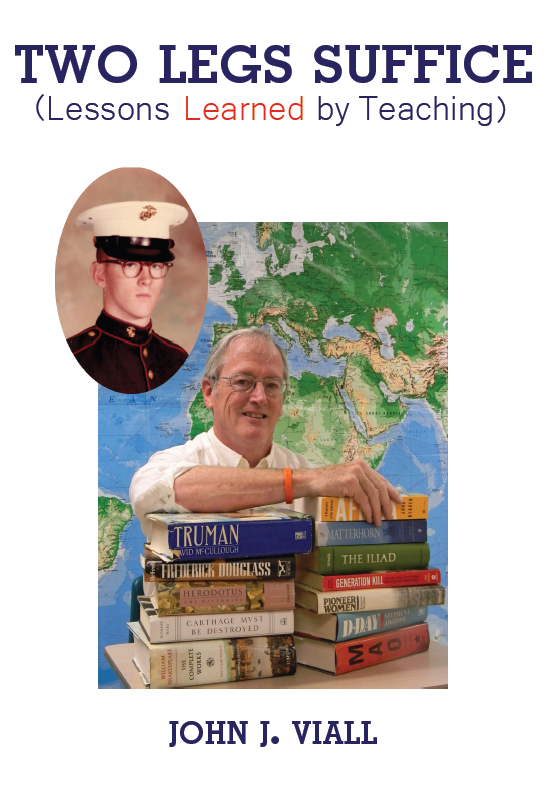If you haven’t been paying attention you might not have noticed that Governor Kasich is baling sweet political hay, bragging
about all the jobs he has brought to his state. The figure he cites (and what good conservative could doubt that a semi-conservative GOP governor was telling the truth)
is 400,000.
So, good work Governor Nice Guy. (And, please, please, please, can you save the GOP from Donald Troll!)
It seemed to me, as an upstanding liberal, that if the Governor was allowed credit for creating jobs for Ohio, then the same kind of credit might be due President Barack Obama for his work across the United States. There aren’t “magic
jobs,” I don’t think, created only by Republicans, whereas jobs created by Democrats don’t count. I think a job gained is a job gained is a job gained, as Gertrude Stein once opined.
For that reason—because I don’t believe in voodoo economics, I like to peruse the Labor Bureau statistics. Sometimes GOP types loves statistics. Sometimes GOP types insist the same statistics are bogus.
(Rule of thumb: all statistics that make President Obama look good, indicate Climate Change is real, or prove the Top 1% is rolling in dough, are unreal, false, mathematical impossibilities, and part of a nefarious communist plot.)
Here’s what we know for sure.
Governor Kasich took office on January 10, 2011. We should not blame
him for the state’s high unemployment rate on that day. In February 2011, less than a month after he took over, Ohio unemployment was 9.0%. By the end of the year Governor Nice had turned it around and cut unemployment to 8.0%.
How was President Obama doing during those same months? In February 2011 the national unemployment rate was also 9.0%. By
the end of the year it had fallen to 8.5%.
Advantage: Governor Nice.
Well: The Ohio and U. S. economies chugged along, straining
to make up for damage done when President Mission Accomplished watched Wall Street drive a great nation over a giant
fiscal cliff.
Even in those difficult times, however, the jobs magic of
Governor Nice continued. Here are his stellar numbers, my liberal brothers and
sisters. By February 2016 state unemployment had been slashed.
Only 4.9% of Ohioans remained out of work.
Morale of the story: When you really, really cherish job growth, and not comments about human genitalia, John Kasich is the man for the job.
Not Donald Troll! Definitely not Donald Troll!!
 |
| See column far right, fourth from top. |
As for that sneaky Muslim in the White House, with plans to kill granny, steal all the guns, and evil enough to want to bring health care to twenty million Americans who lacked it, liberals must swallow the cruel facts and…
OH, HELL NO! my right-wing friends! WT-job-creating-F
is happening here?
By February 2016, President Obama had caught up with Governor Nice. You read that right. The dark-skinned guy, born in Hawaii (which last time geographers looked was still an official state in our union) had cut the unemployment rate in Hawaii, Ohio and THE OTHER FORTY-EIGHT STATES to:
4.9%!
I understand how hard this might be for some. I realize how much conservatives want to believe the myth that President Obama wrecked the economy and is wrecking it still. I also know many five-year-olds believe the Easter
Bunny is real.
The fundamental concept here is not difficult to grasp. If numbers are right where Mr. Kasich is concerned, the exact same kind of numbers are right where President Obama is concerned.
For the plain fun of it all, here are job-creation
numbers for the last six years, since the slide into the Great Recession (which President Obama could in no way have caused unless he was proud possessor of some kind of Muslim time machine, which Rush Limbaugh may well soon insist is true) was halted and turned around:
2010: 1.06 million jobs added
(the tide turned for good, with job gains every month, starting in October 2010.)
2011: 2.09 million jobs added.
 |
| Figures in box show monthly job gains in thousands. |
2013: 2.2 million jobs added
for the year.
2014: 2.95 million jobs added (the best total since 1999 when President Lustful was chasing women around the White House).
2015: 2.65 million jobs
added in twelve months.
Then as Forbes and other news outlets reported the U. S. economy added 151,000 jobs
in January 2016.
Even Fox News had to admit another 242,000 jobs were added this past February. But Fox News was quick, in a fair-and-balanced right-wing kind of way, to ignore this alarming fact. Alarming to right-wingers, at least: That meant, under President Obama, once he halted the precipitous fall touched off when Mission Accomplished Bush still grasped the policy wheel, that we had had job growth for 65 straight months.
So that’s where we stand.And that, boys and girls, left, right, center and crazy, is what is commonly called:
MATH.



